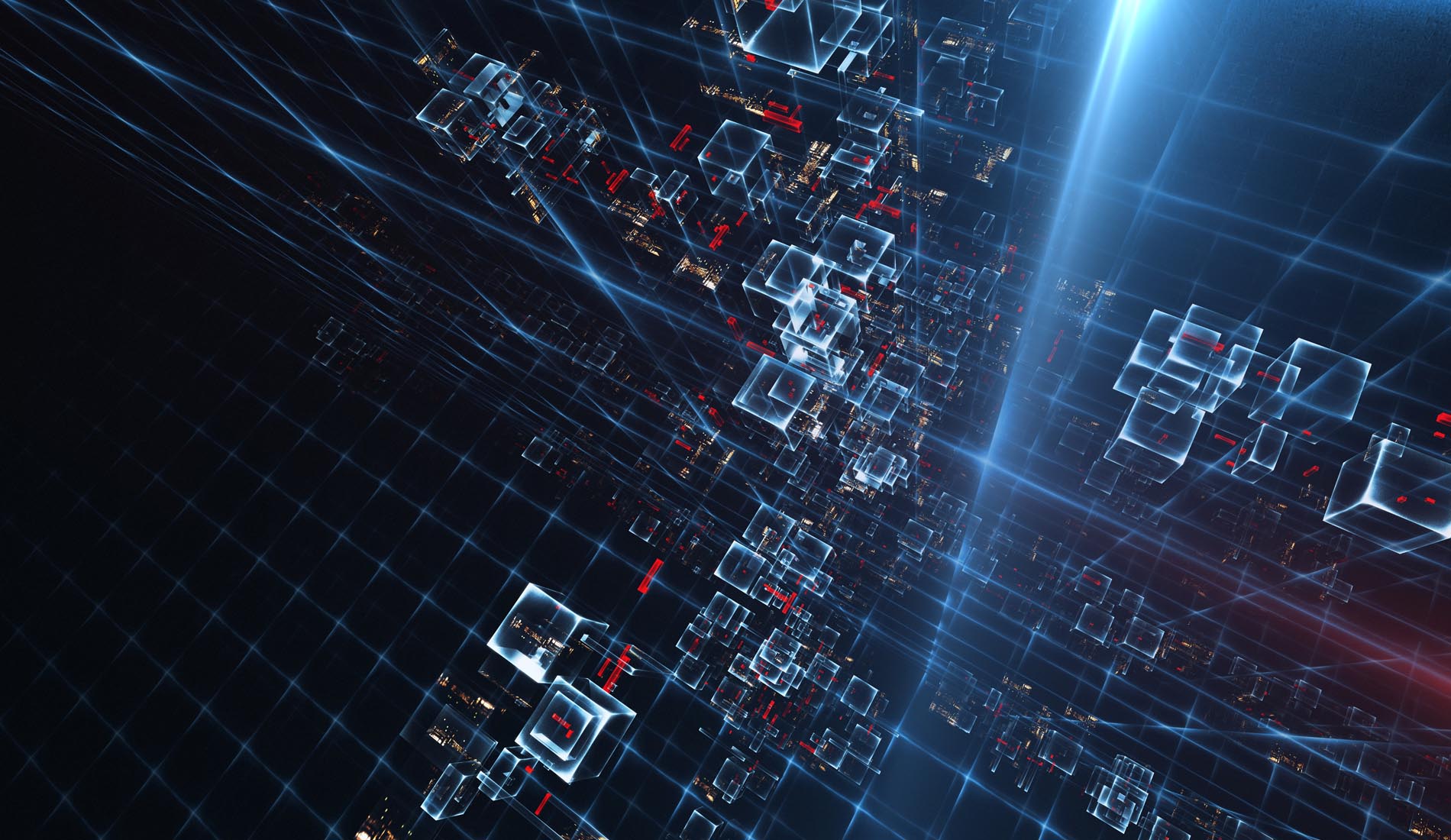 #HelloWorld. In this issue, ChatGPT cannot be the next John Grisham, the secret is out on The New York Times’ frustrations with generative AI, and YouTube looks to a technological fix for voice replicas. Summer may soon be over, but AI issues are not going anywhere. Let’s stay smart together. (Subscribe to the mailing list to receive future issues.)
#HelloWorld. In this issue, ChatGPT cannot be the next John Grisham, the secret is out on The New York Times’ frustrations with generative AI, and YouTube looks to a technological fix for voice replicas. Summer may soon be over, but AI issues are not going anywhere. Let’s stay smart together. (Subscribe to the mailing list to receive future issues.)
AI cannot be a copyright author—for now. In one of the most-awaited copyright events of the summer (not Barbie-related), the federal district court in D.C. held that an AI system could not be deemed the author of a synthetically-generated artwork. This was a test case brought by Stephen Thaler, a computer scientist and passionate advocate for treating AI as both copyright author and patent inventor, notwithstanding its silicon- and software-based essence. The D.C. district court, however, held firm to the policy position taken by the U.S. Copyright Office—copyright protects humans alone. In the words of the court: “human authorship is an essential part of a valid copyright claim.” Those who have followed Thaler’s efforts will remember that, about a year ago, the Federal Circuit similarly rejected Thaler’s attempt to list an AI model as an “inventor” on a patent application, holding instead that an inventor must be a “natural person.” Continue reading “The AI Update | August 29, 2023”

